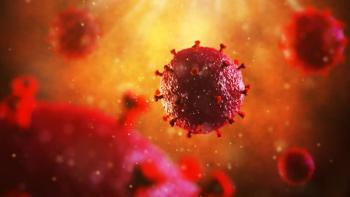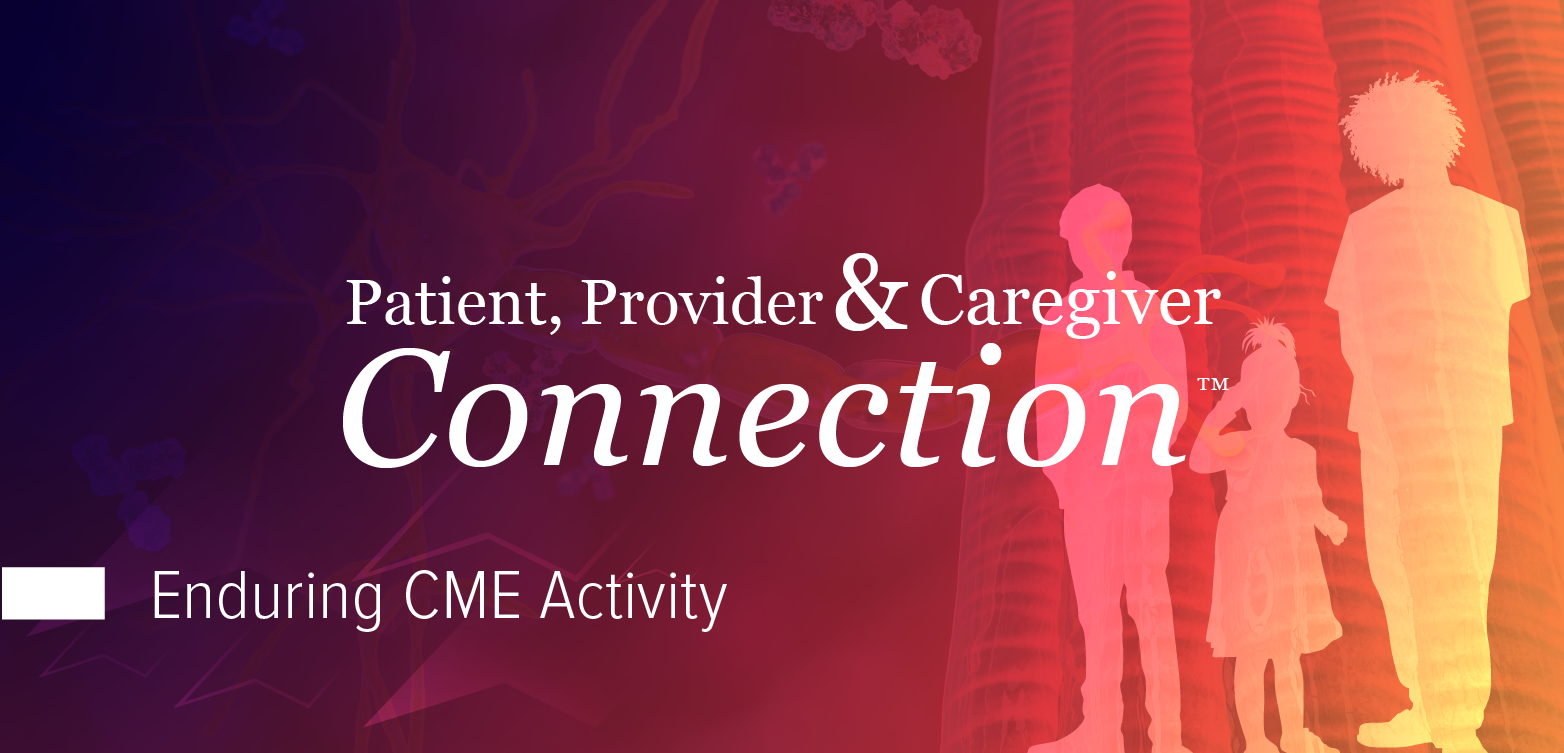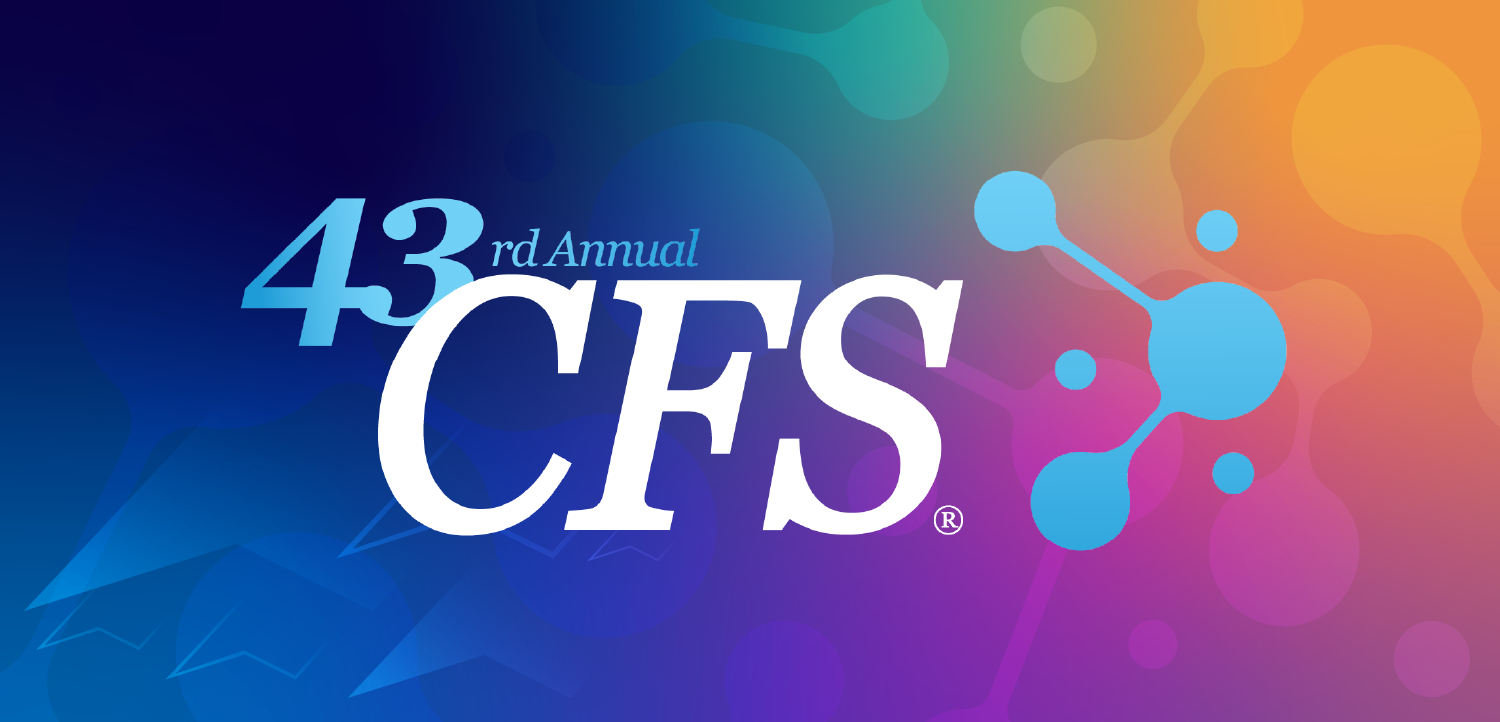
Molluscum Conagiosum in a 6-year-old Boy
A 6-year-old boy had a nonpruritic rash on his back for 10 days. There was no associated fever. The child's mother had placed a bandage over the lesions to prevent transmission to her other children.
A 6-year-old boy had a nonpruritic rash on his back for 10 days. There was no associated fever. The child's mother had placed a bandage over the lesions to prevent transmission to her other children.
Drs Alexander K. C. Leung and Helen Y. H. Cho of Calgary, Alberta, diagnosed molluscum contagiosum, which is caused by a DNA poxvirus. Microscopic examination of Giemsa-stained material from a lesion reveals characteristic intracytoplasmic inclusions. Electron microscopic examination identifies poxvirus particles.The typical lesions are flesh-colored or opalescent, discrete, dome-shaped papules that can vary in number and size (from 1 to 5 mm). Larger lesions may have a central umbilication. Commonly, the disease is spread by autoinoculation.
Molluscum contagiosum is self-limited; however, lesions can last from months to years. Destruction of the lesions with liquid nitrogen is the treatment of choice and was used in this patient; cantharidin and podophyllin are alternatives.
Newsletter
Enhance your clinical practice with the Patient Care newsletter, offering the latest evidence-based guidelines, diagnostic insights, and treatment strategies for primary care physicians.





























































































































































































































































































